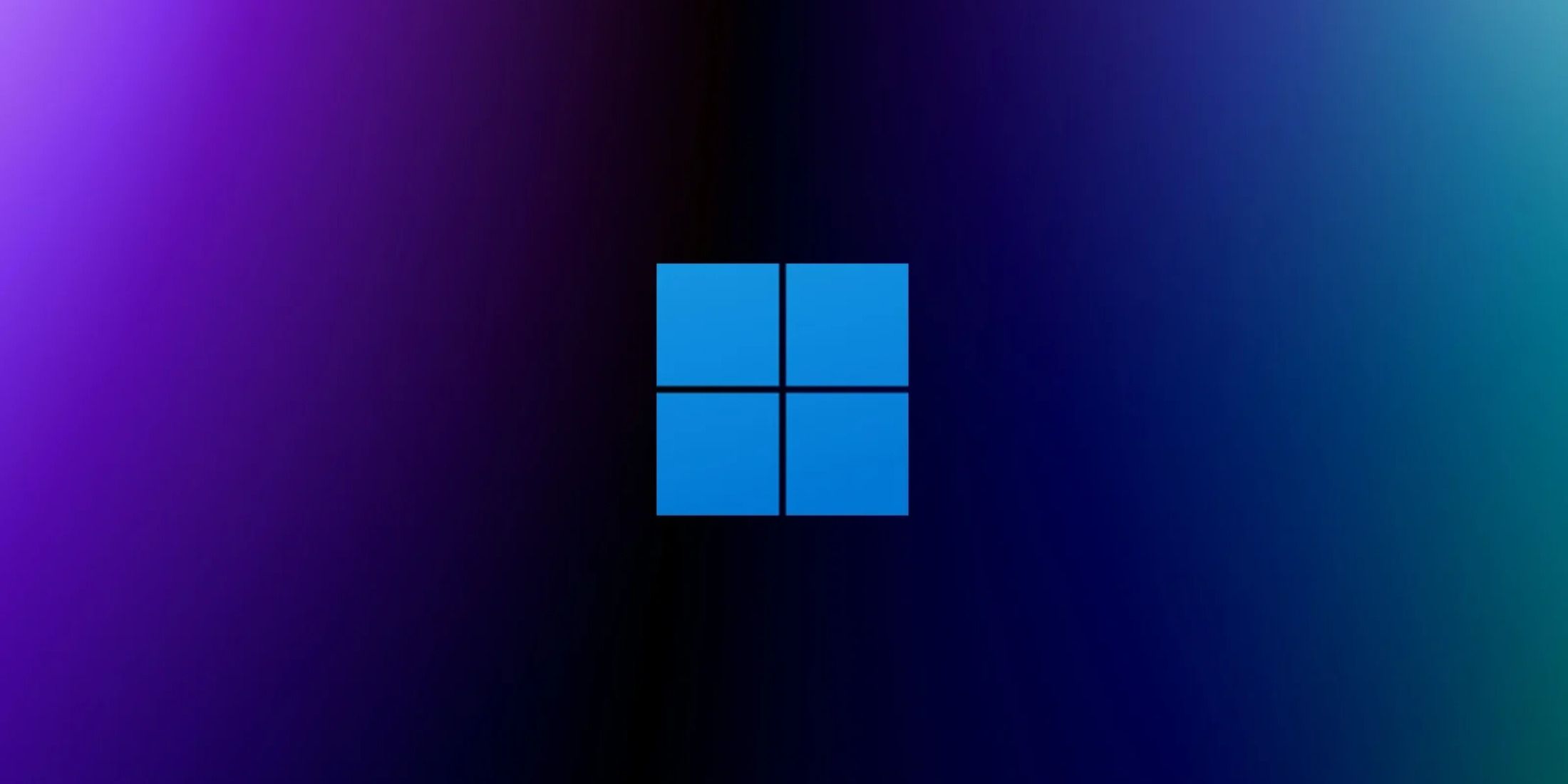
Microsoft is making a significant update to one of Windows’ most notorious features. The infamous Blue Screen of Death (BSOD) will gradually be retired in favor of a new error display system in the upcoming months.
The BSOD has been a mainstay in the Windows operating system since the early ’90s, first appearing in Windows 3.1 and evolving into the recognizable error message of today. It became a fixture in Windows NT in 1993 to indicate unrecoverable system failures, gaining further notoriety with the introduction of the ‘frowny face’ and QR code in Windows 8 and 10. Following a massive CrowdStrike outage last year that caused numerous systems to be locked on the blue screen, Microsoft has decided to rethink its approach to system failures.
With a new update for Windows 11 24H2, Microsoft is replacing the BSOD with a Black Screen of Death. This new display will resemble the black screen that users see during updates, removing the frowny face and QR codes in favor of a system stop code and details about any faulty drivers responsible for the crash. This change aims to facilitate troubleshooting for IT professionals and advanced users without requiring external tools like WinDbg. Microsoft describes this adjustment as part of the larger Windows Resiliency Initiative, which seeks to enhance system stability and expedite recovery.
Microsoft is not only bidding farewell to the BSOD but is also planning to introduce several new features for Windows as part of this update. One significant addition is Quick Machine Recovery (QMR), allowing devices to reboot and recover from crashes in as little as two seconds. Additional enhancements with the Windows update comprise Connected Cache, which aims to reduce bandwidth usage during updates; Universal Print for enterprise printing; and Hotpatch, which will facilitate monthly security updates without requiring system restarts. Additionally, users with Windows 365 Reserve will gain access to temporary, preconfigured Cloud PCs.
The BSOD has been a source of concern for Windows users over the past three decades, and following the CrowdStrike outage, Microsoft appears eager to prevent similar situations from reoccurring. The focus on clear error messages, quicker diagnostics, and minimizing downtime in the new error display is a positive step, but it’s important to note that this will be applicable only to Windows 11 devices. Systems running on Windows 10 will still show the traditional BSOD, which could be problematic given that many PCs globally still operate on the older system.
